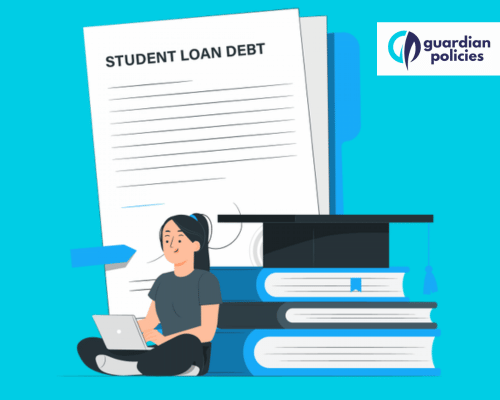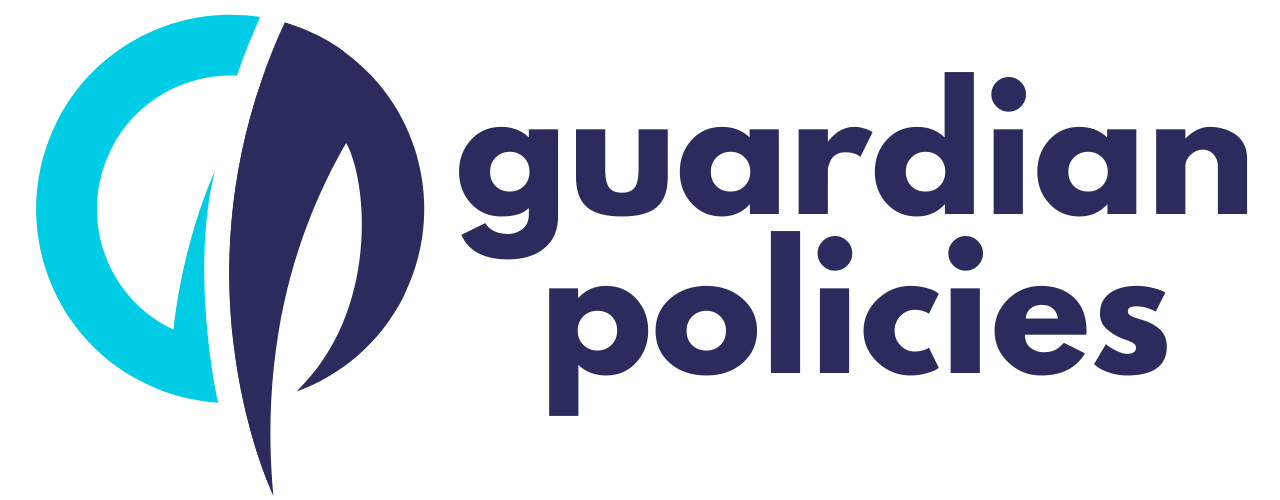
Student Loans: Strategies for Managing and Repaying Debt
Student loans are a reality for millions of individuals pursuing higher education. While these loans can make education accessible, they often lead to significant debt burdens after graduation. Managing and repaying student loans requires careful planning and a proactive approach to avoid financial strain. This article provides tips and strategies for managing student loans, exploring repayment options, and reducing debt effectively.
Understanding Your Student Loan Situation
Before you can effectively manage and repay your student loans, it's crucial to have a clear understanding of your debt:-
Know Your Loan Details
- Types of Loans: Identify whether your loans are federal, private, or a mix of both. Federal loans often offer more flexible repayment options.
- Total Debt Amount: Know the total amount you owe, including principal and interest.
- Interest Rates: Understand the interest rates for each loan, as this will affect your monthly payments and total repayment cost.
- Loan Servicers: Identify who services your loans, as you'll work with them to manage payments and explore repayment options.
-
Organize Your Loans
- Create a spreadsheet or use a financial app to list all your loans, including balances, interest rates, and due dates. This will help you keep track of your obligations and prioritize payments.
Strategies for Managing Student Loans
-
Create a Budget
-
Build an Emergency Fund
-
Explore Repayment Plans
- Standard Repayment Plan: Fixed payments over ten years, usually resulting in the lowest total interest paid.
- Graduated Repayment Plan: Lower initial payments that increase every two years, beneficial if you expect your income to grow over time.
- Income-Driven Repayment Plans (IDR): Payments are based on your income and family size, with options like Income-Based Repayment (IBR), Pay As You Earn (PAYE), and Revised Pay As You Earn (REPAYE). These plans can lower monthly payments but may extend the repayment period.
-
Consider Loan Consolidation or Refinancing
- Federal Loan Consolidation: Combining multiple federal loans into a single loan with one monthly payment can simplify your repayment process. However, it may increase your overall interest cost if you extend the repayment period.
- Private Loan Refinancing: If you have private loans or a mix of federal and private loans, refinancing can potentially lower your interest rate. This is typically an option for those with good credit and stable income.
-
Make Extra Payments
-
Seek Loan Forgiveness Programs
-
Stay Informed and Communicate with Your Loan Servicer
Strategies for Reducing Student Loan Debt
-
Work During School
-
Apply for Scholarships and Grants
-
Consider Loan Repayment Assistance Programs
-
Live Modestly After Graduation
-
Use Windfalls Wisely
Conclusion
Managing and repaying student loans requires a strategic approach and a commitment to financial discipline. By understanding your loans, creating a budget, exploring repayment options, and seeking opportunities to reduce debt, you can navigate the complexities of student loan repayment and work towards financial freedom. Remember, the key is to stay proactive, informed, and flexible as your financial situation evolves.All Categories
Recent Posts
guardianpolicies0 Comments
Preparing for Retirement Essential Financial Steps to Take in Your 40s and 50s
guardianpolicies0 Comments
The Impact of Credit Scores on Insurance Premiums What You Need to Know
guardianpolicies0 Comments




